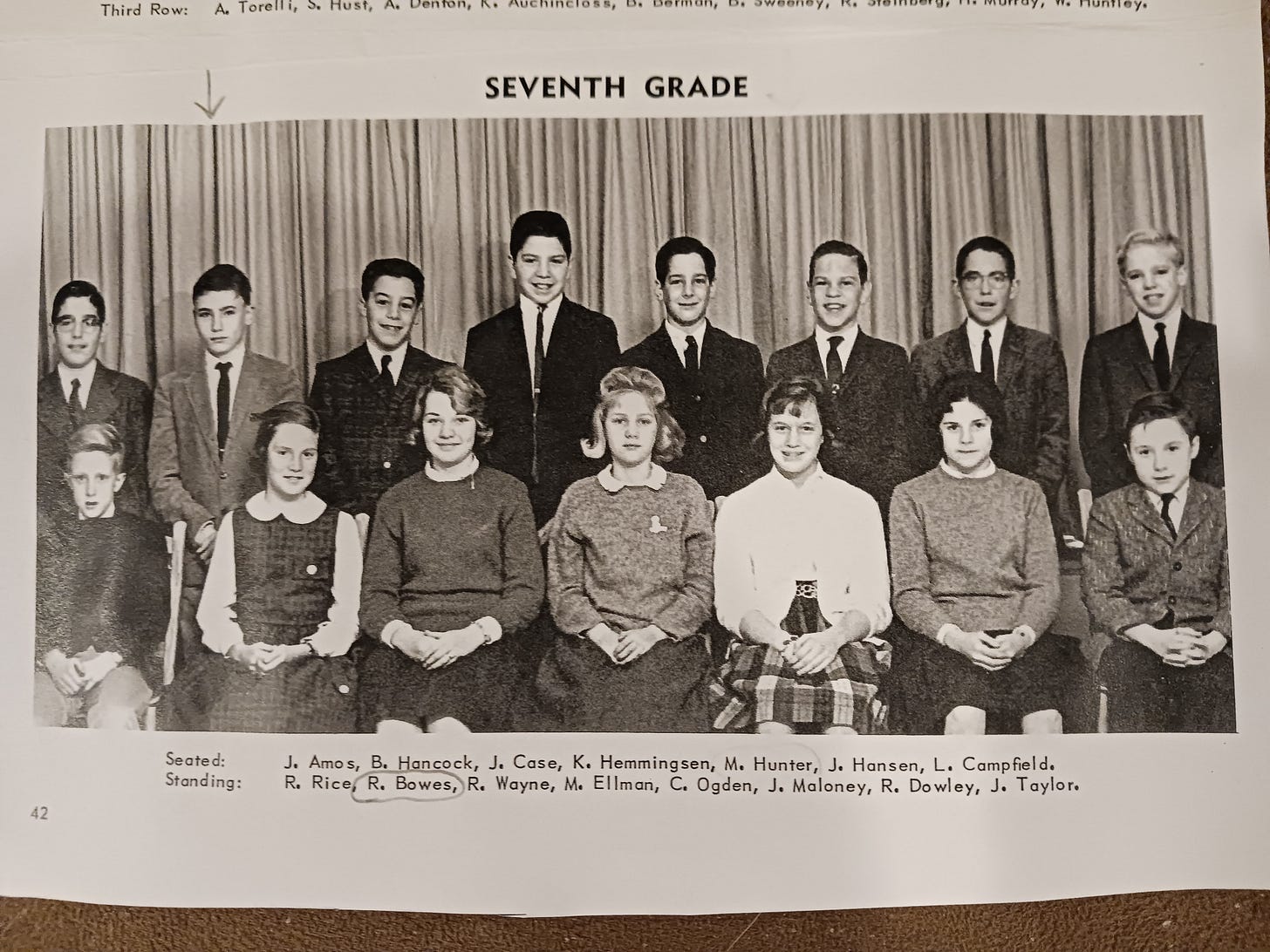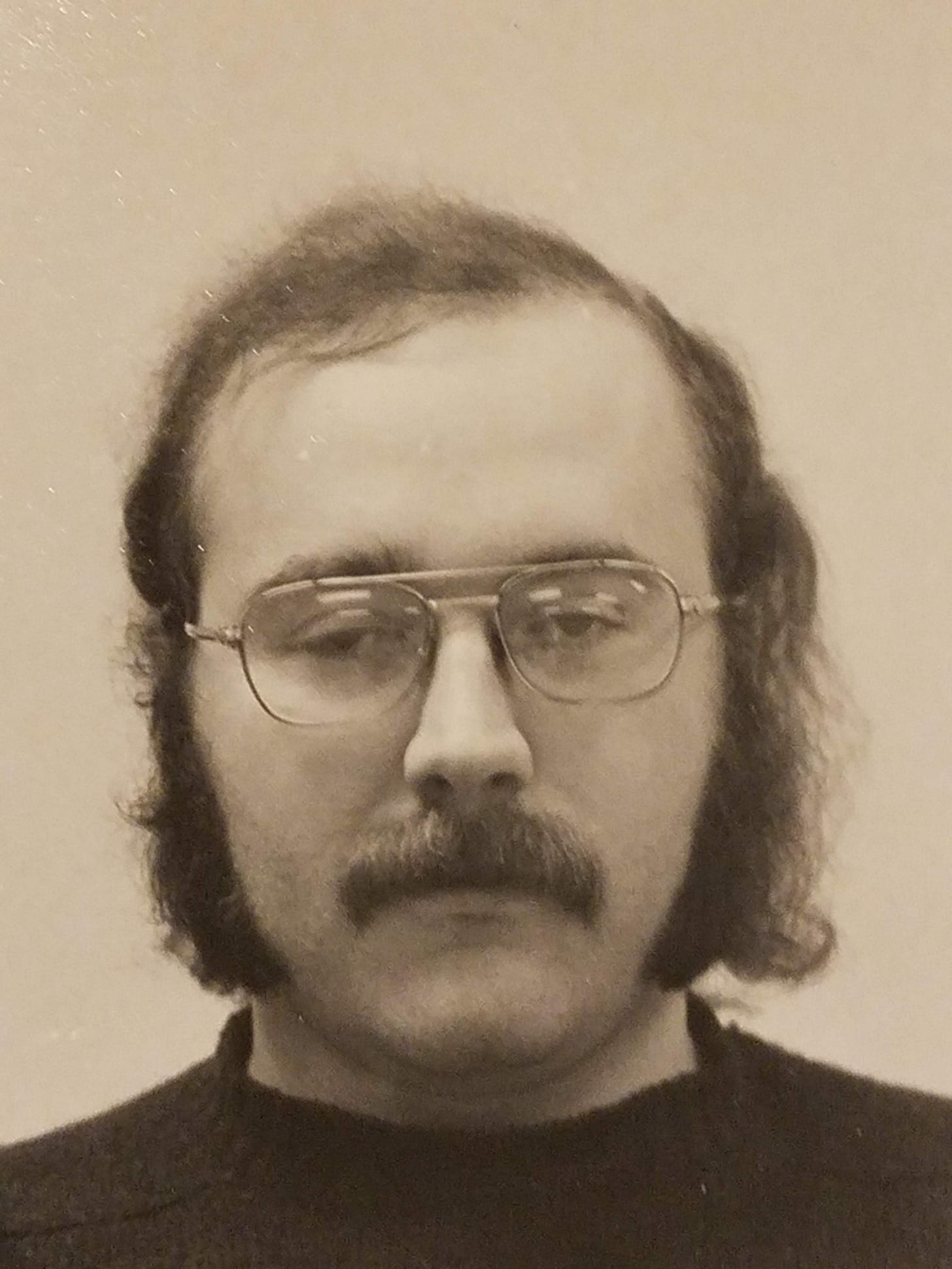When people talk about life in the 1960's are they really talking about the 60's, the years 1960 through 1969? I would say no, they are talking about a culture and lifestyle that became named the 60’s for lack of a better term.
After World War II ended the culture of the car emerged. People bought bigger and bigger cars, some began to hotrod them, and the California car culture sprang to life, alongside a general nationwide desire to have a big car. Those cars were now used for family vacations, along with mundane tasks like going to the grocery store. The interstate highway system was created, along with the infrastructure needed to service all those cars and travelers. Train travel declined as more and more cars were produced. My father loved his 1957 Dodge Coronet, with its huge tailfins. He swore those tailfins were for stability at high speeds, but no, they were for styling. And what styling it was.
The idea of the utopia of suburbia also took root after World War II. All over the country white people rushed to move to the suburbs, turning the inner cities into places of poverty. Much of this was racism, an attempt to separate white from black. It worked. I worked with a fellow, a very nice man, and asked him why he moved to the burbs when he had a nice house in the city. “I’m not sure”, he replied. “Everyone was doing it; it was almost like a fad. You just moved to the suburbs as soon as you could afford it.” Sexism was also associated with the new culture of materialism, women were supposed to stay home, cook, and take care of the kids. My personal upbringing reflected that. My mother never worked after her children were born, and of all my friends only one had a working mother, and she was a part-time substitute schoolteacher.
There was inevitably a reaction against all this materialism. One group was the beatniks. They rejected the materialism and were more interested in art and hanging out. The beats were harmless, but were looked down upon as deadbeats and freeloaders. There was Allen Ginsberg, Jack Kerouac, Bob Dylan, Ken Kesey, and on television Maynard G Krebs. Bob Dylan saw himself as a folk singer, but I would still call him a beat. There was the image of the beat as a guy with a pork pie hat and a goatee headed down to the coffee shop for a poetry reading or to listen to some jazz.
Another group that rejected materialism was the greasers. Or maybe what they really wanted was to be accepted into the culture of materialism. At any rate, they sported slicked back hair, leather clothes, were cool, and optimally had a motorcycle. They spurned the society of suburbia. You could make an argument that Elvis Presley was a greaser, along with Marlon Brando in “The Wild One”, and of course “The Fonz”. Also, obviously, the musical “Grease”. This was a group that you did not want your daughter to hang out with. But she did anyway.
Flat-top haircuts were in style for a lot of the boys I knew, and that style lasted into the mid-60’s. I never liked the look, but it was a moot point, I already lacked the hair to pull off a flat-top.
This was all thought of as 50’s culture, but it really lasted until the mid-60’s. It was only then that what we think of as 60’s culture began to take shape. It was all due to the Vietnam War. The number of troops and casualties were mounting, as was the opposition to the war. There was some overlap with the civil rights movement, but that mainly came later.
By the mid 60’s the hippie movement was growing. Hippies wore colorful clothes, listened to rock music, much of which was anti-war, smoked weed and maybe did hallucinogenics. To quote Timothy Leary: “Turn on, tune in, drop out.” I know something about these days because I was there. The guys grew their hair long. Some dropped out, as advised by Timothy Leary. I witnessed my first draft card burning in 1967. There was the Summer of Love in San Francisco in 1967, the Monterrey Pop Festival in 1968. Too many iconic rock singers and bands to mention, but Bob Dylan was there, transitioning from beat to hippie seamlessly. As I write this he’s still very much around, though I don’t know how you would classify him now.
This was what we now think of as the 60’s. It came to a climax at Woodstock in 1969, a rock festival with about half a million attendees. That was the peak of the hippie movement, the hippie counterculture became the mainstream culture. Being a hippie was no longer a form of protest, you were now part of the establishment. It was downhill after that, redneck males began wearing long hair, there was Altamont, and materialism came back into vogue. The United States gradually pulled its soldiers out of Vietnam, ending much of the opposition to the war. If you weren’t at risk to be killed, who cared? The hippie culture took a few years to fade away, but it did. By the mid 70’s hippiedom was extinct. I realized it in 1976, when a freshman college student came up to me after class and said: “So you’re an old hippie, huh?” Yup, it was over.
So the 50’s were actually from 1945 to about 1965, the 60’s only from 1965 to about 1972. The 70’s? 80’s? I don’t know, I lost track after the 60’s.




